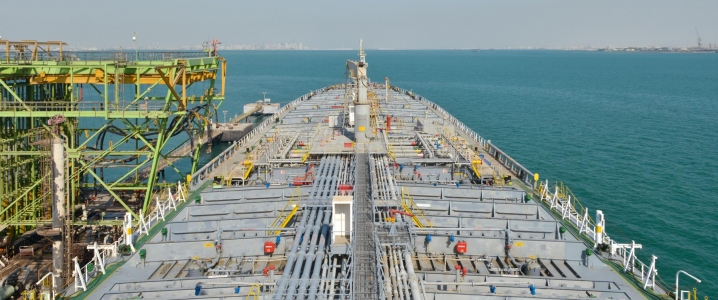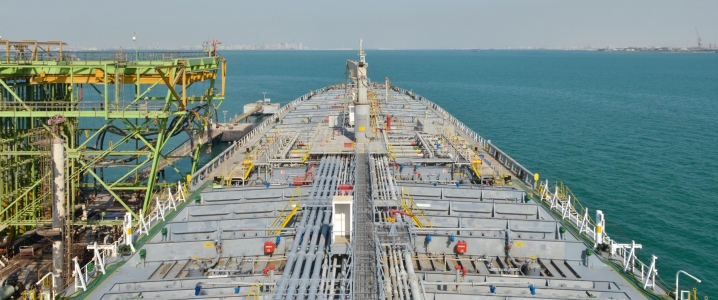Oil prices could rise due to the “perfect storm of stagnant supply, geopolitical risk, and a harsh winter,” according to an April 12 note from Barclays.
Geopolitical events specifically could help keep Brent above $70 through April and May, which comes on the back of a substantial decline in oil inventories.
The investment bank significantly tightened its forecast for Venezuelan production, lowering it to 1.1-1.2 million barrels per day (mb/d), down sharply from its previous forecast of 1.4 mb/d. That helped guide the bank’s upward revision for its price forecast for both WTI and Brent in 2018 and 2019, a boost of $3 per barrel.

The flip side is that the explosive growth of U.S. shale keeps the market well supplied, and ultimately forces a downward price correction in the second half of the year, Barclays says. In fact, the investment bank said there are several factors that could conspire to kill off the recent rally. One of the looming supply risks is the potential confrontation between the
U.S. and Iran. The re-implementation of sanctions threatens to cut off some 400,000 to 500,000 bpd of Iranian supply.
But Barclays says these concerns are “misguided,” with the risk overblown. “Yes, it should kill the prospects for medium-term oil investment, and yes it could destabilize the region further, but we struggle to accept a narrative that the market had been expecting big gains in Iranian output over the next several years anyway.” Moreover, the ongoing losses from Venezuela are also broadly accepted by most analysts. “Therefore, it is worth suggesting that in both of these countries, a dire scenario may already be priced in,” Barclays wrote.
Ultimately, the current price levels could be “as good as it gets,” Barclays argues. The bank forecasts Brent will average $63 per barrel this year and only $60 per barrel in 2019.
However, Goldman Sachs is way more bullish, noting that the sudden spike in geopolitical tension only “reinforces” its prediction of a 10 percent increase in commodity prices over the next 12 months. With the potential for inflation, the backwardation in the oil futures curve, and supply risks from geopolitical instability, “the strategic case for owning commodities has rarely been stronger,” Goldman analysts wrote last week.













Leave A Comment